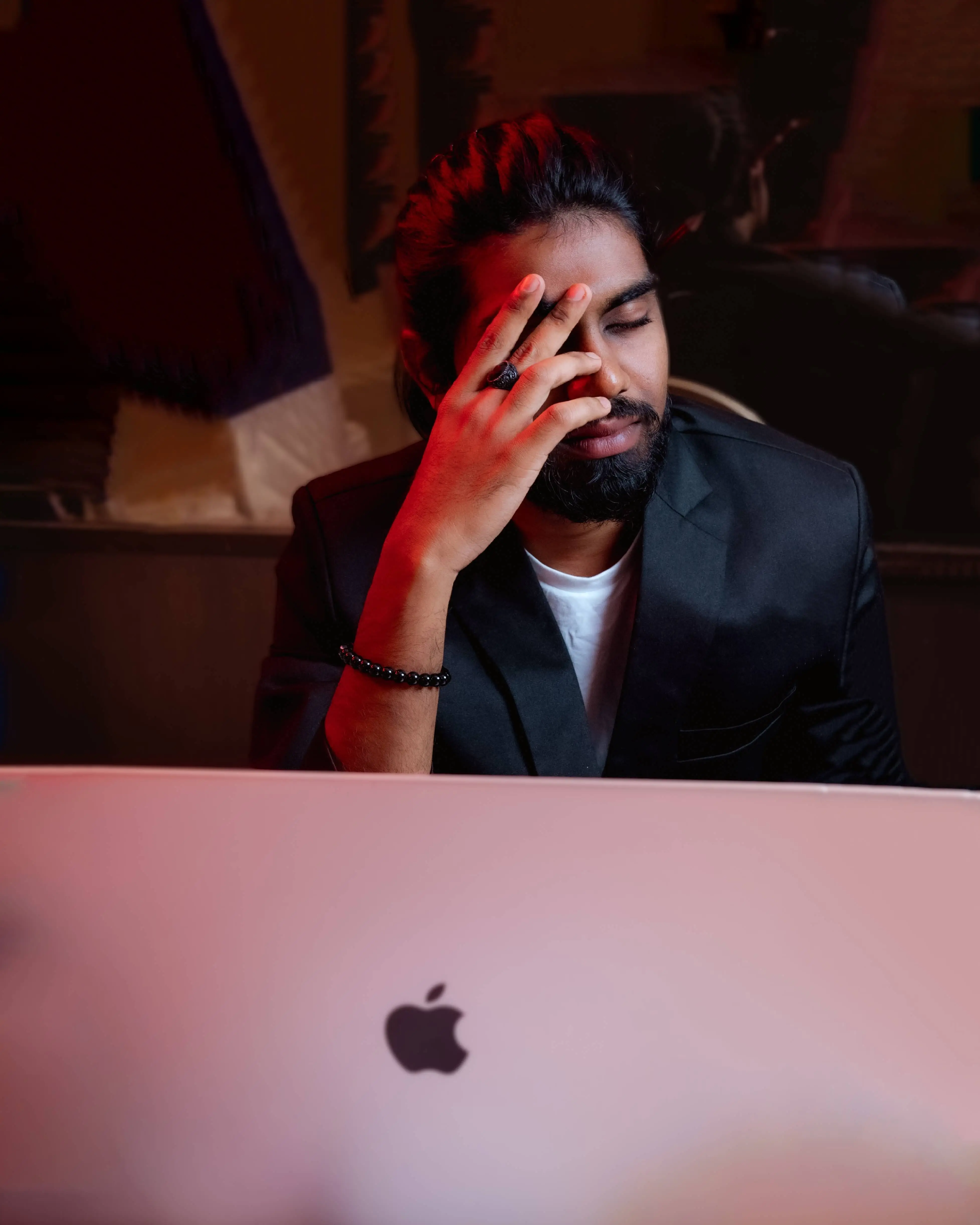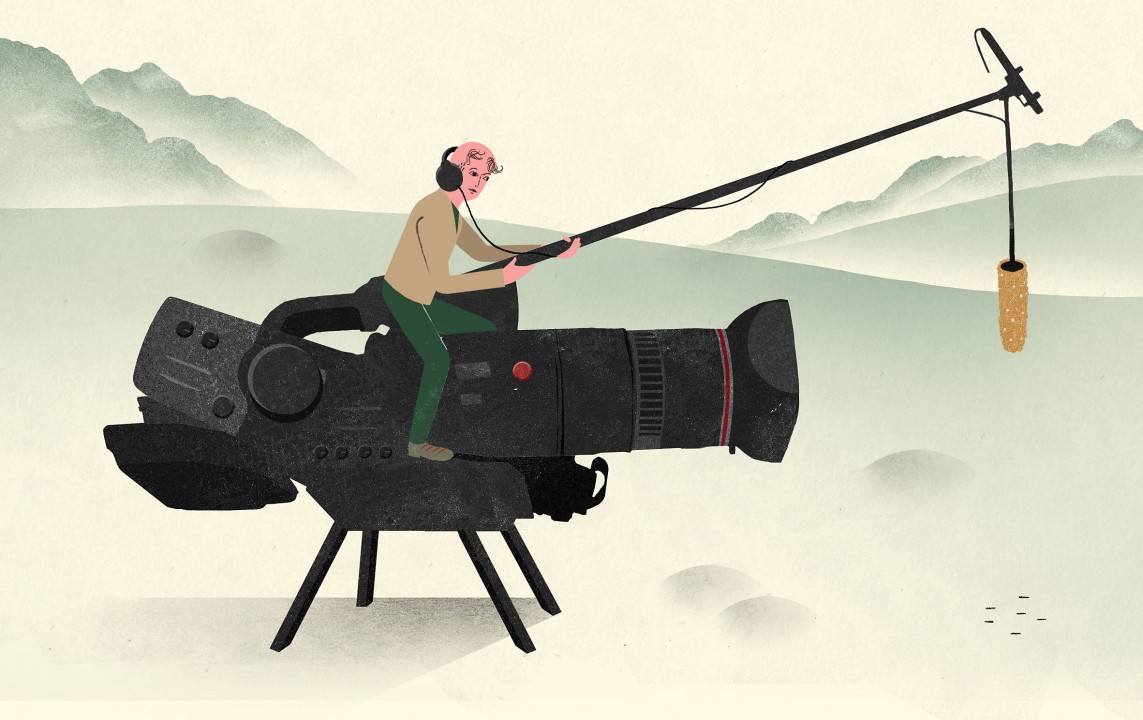 17, November 2023
17, November 2023
Art of Documentary Filmmaking: A Beginner's Guide
Documentary filmmaking is a compelling way to tell real-life stories. Whether you're an aspiring filmmaker or someone with a passion for storytelling, creating a documentary can be a rewarding experience. In this blog, we'll explore some essential techniques to help you capture the essence of your subject and create a compelling documentary.
1. Research and Planning:
Before diving into filming, thorough research is crucial. Understand your subject, gather background information, and identify key elements of the story you want to tell. Plan your shots, interviews, and locations. This groundwork will guide your filmmaking process and ensure a coherent and engaging narrative

2. Choose Your Equipment Wisely:
You don't need fancy gear to make a great documentary. A good-quality camera, a sturdy tripod, and an external microphone are often sufficient. Ensure your equipment is in working order and familiarize yourself with its features to capture clear and crisp footage.
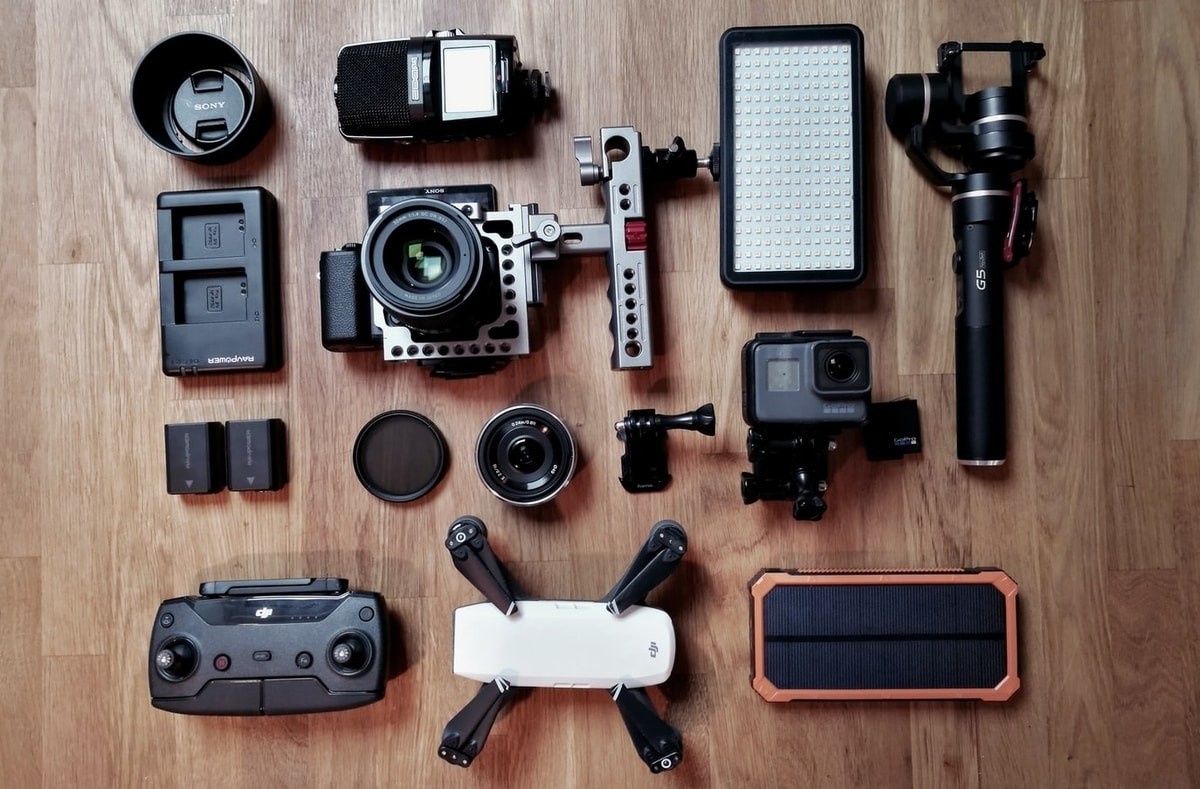
3. Master the Art of Framing:
Frame composition is vital in documentary filmmaking. Use the rule of thirds to create visually appealing shots. Experiment with different angles and perspectives to add depth to your footage. Pay attention to the background and foreground elements, ensuring they complement your subject.
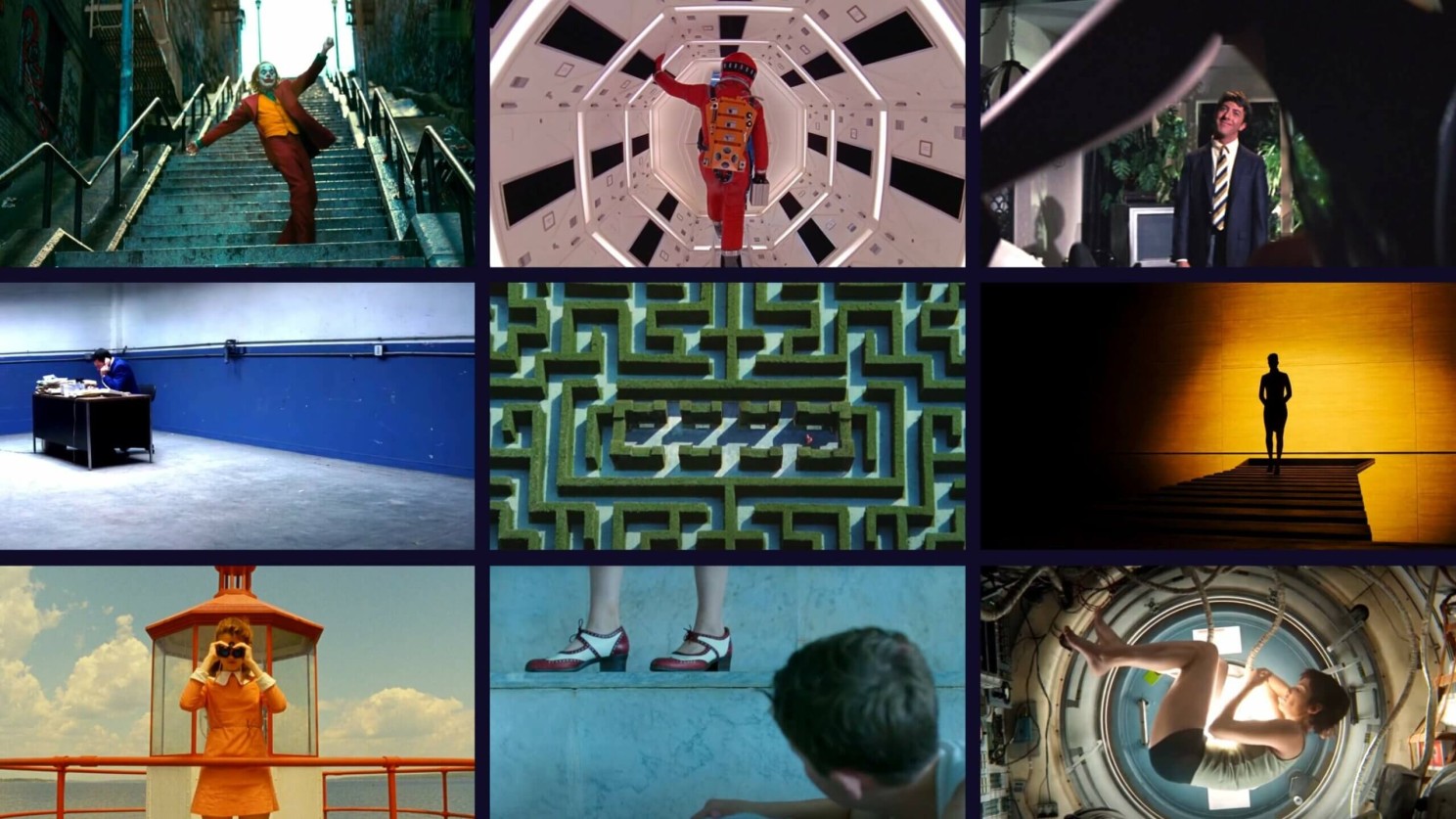
4. Lighting Matters:
Natural light is your best friend in documentary filmmaking. Whenever possible, shoot during the golden hours (early morning or late afternoon) for soft and flattering light. If shooting indoors, position your subject near windows to utilize natural light. Be mindful of harsh shadows and adjust your angles accordingly

5. Capture Authentic Interviews:
Interviews are often the heart of a documentary. Make your subjects comfortable, ask open-ended questions, and let them share their stories naturally. Use close-ups to capture emotions, and include cutaway shots to add variety and context. Be patient and allow moments of silence; sometimes, the most powerful expressions come in quiet reflections.

6. B-Roll Footage:
B-roll footage provides context and visual interest. Capture relevant scenes, activities, and details to complement your interviews and narration. This additional footage adds layers to your storytelling and keeps the audience engaged.
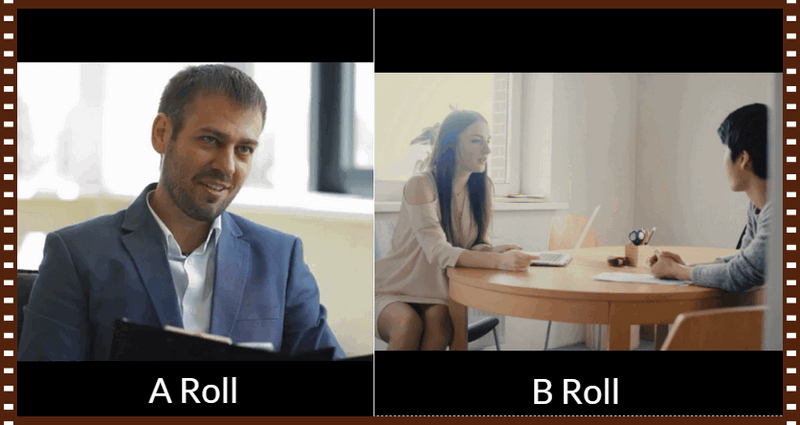
7. Effective Storytelling through Editing:
Editing is where your documentary comes to life. Use editing software to arrange your footage, weave a cohesive narrative, and trim unnecessary elements. Add music and sound effects thoughtfully to enhance the emotional impact. Experiment with pacing and transitions to maintain the audience's interest.
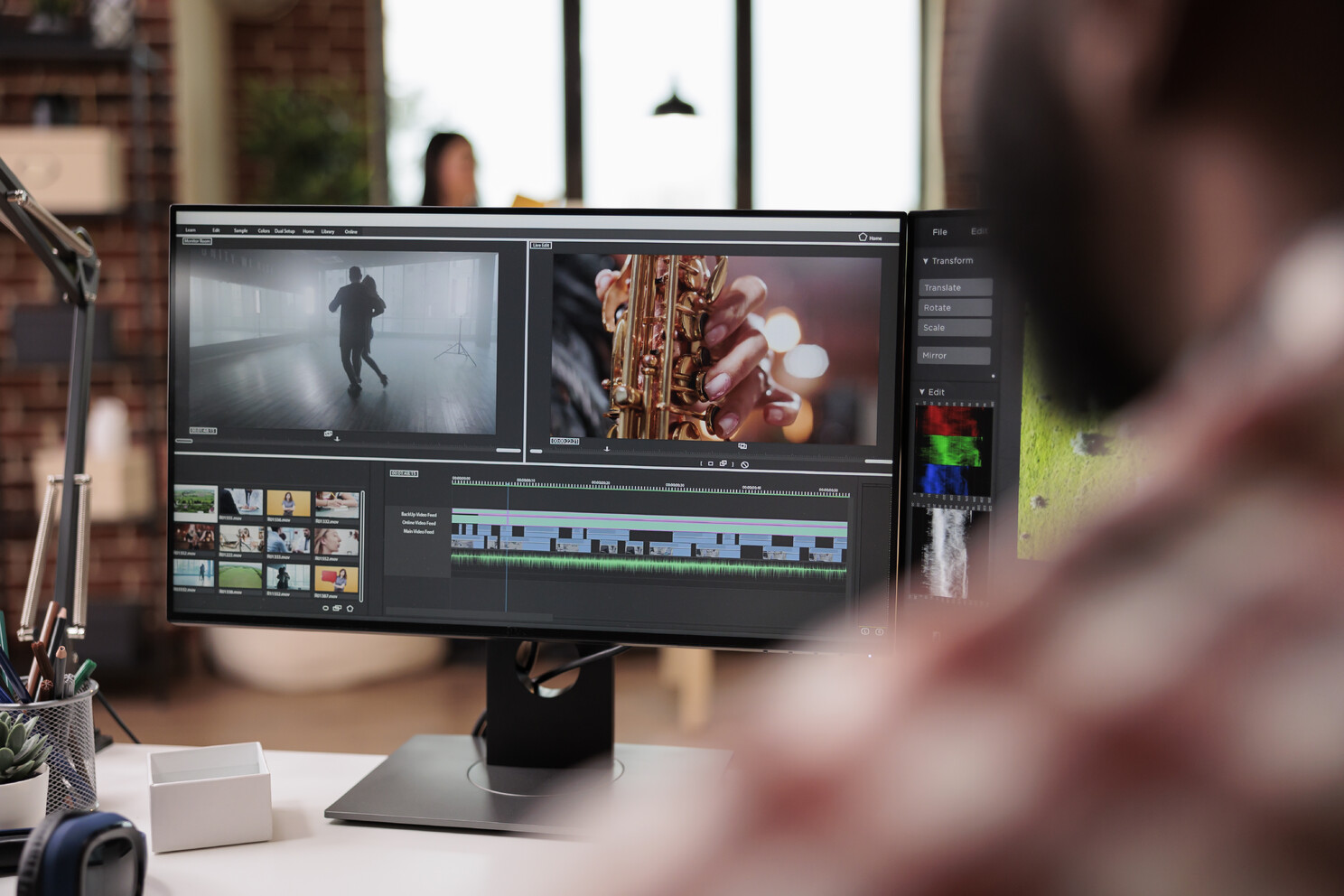
8. Sound Quality Matters:
Good audio is as important as good visuals. Invest in a quality external microphone to ensure clear and crisp sound. Minimize background noise during filming, and consider using subtitles or captions for clarity if necessary.
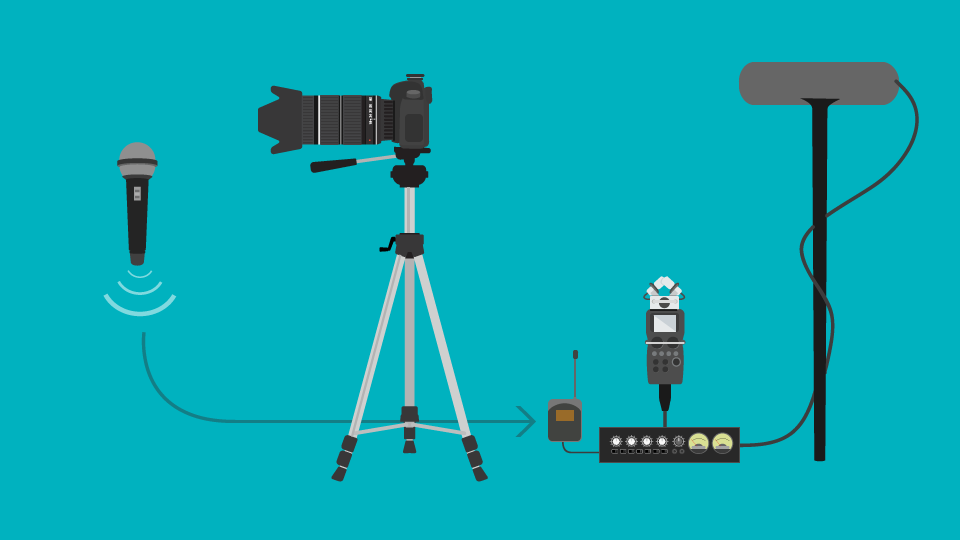
9. Stay True to Your Vision:
While feedback is valuable, stay true to your original vision. Be open to adjustments, but trust your instincts and the story you set out to tell. Your unique perspective is what makes your documentary stand out.
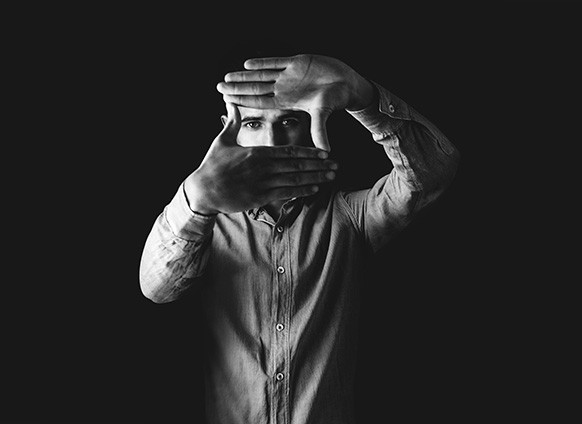
conclusion
Documentary filmmaking is a blend of art and storytelling. With these simple techniques, you can embark on your journey to capture real stories and share them with the world. Remember, the most compelling documentaries are those that evoke genuine emotions and leave a lasting impact on the audience. So, grab your camera, explore your passion, and let the world see through your lens. Happy filmmaking!

